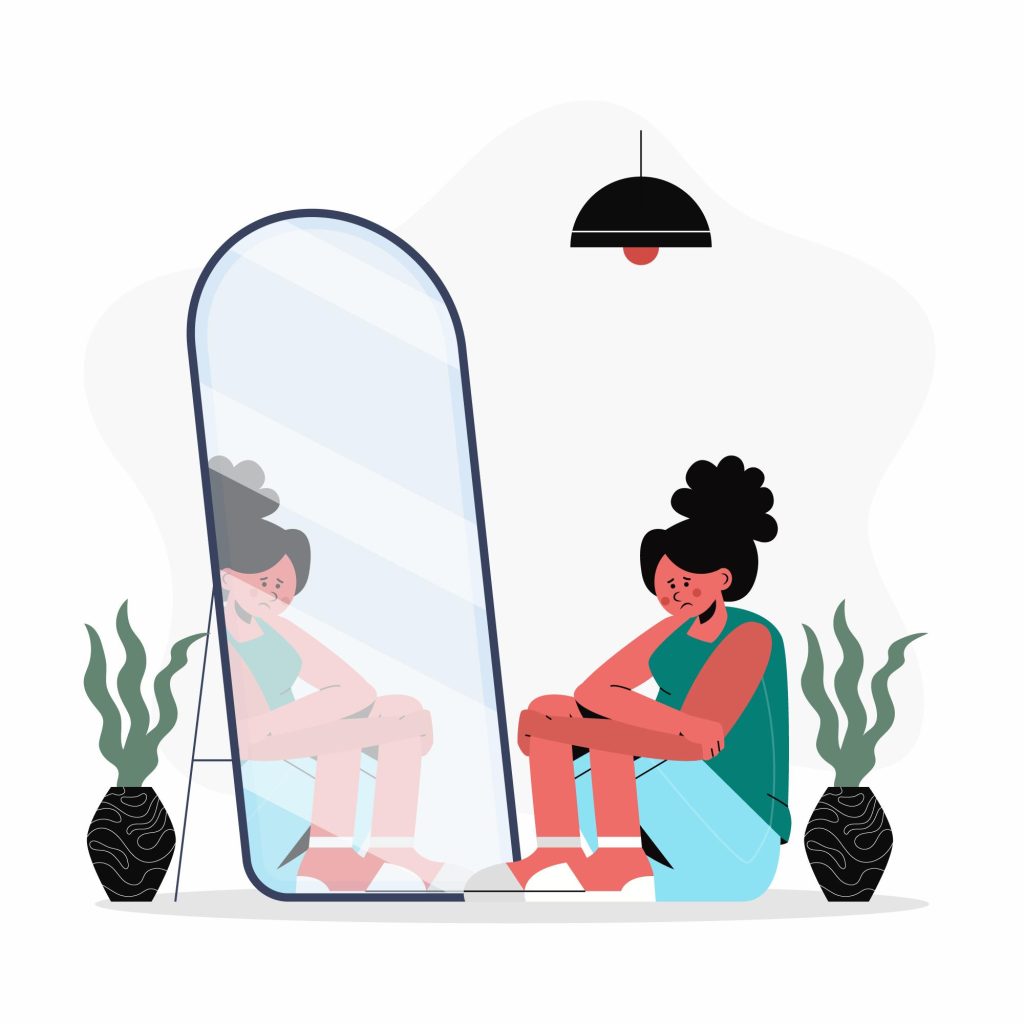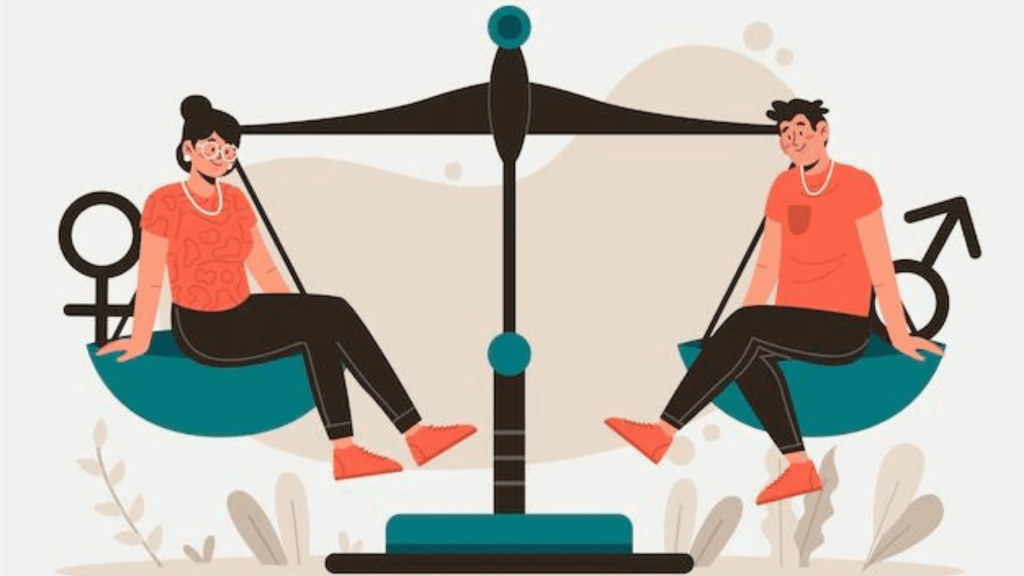Working Through Body Image Difficulties Mindfully
What are Body Image Difficulties? How many times have you found yourself scrolling through Instagram and feeling like you aren’t good enough? You may feel your nose is fat, lips are too thin, eyes aren’t pretty, or that you are simply not fitting into the ideal body type. Social Media can Negatively affect Body Image …
Working Through Body Image Difficulties Mindfully Read More »











